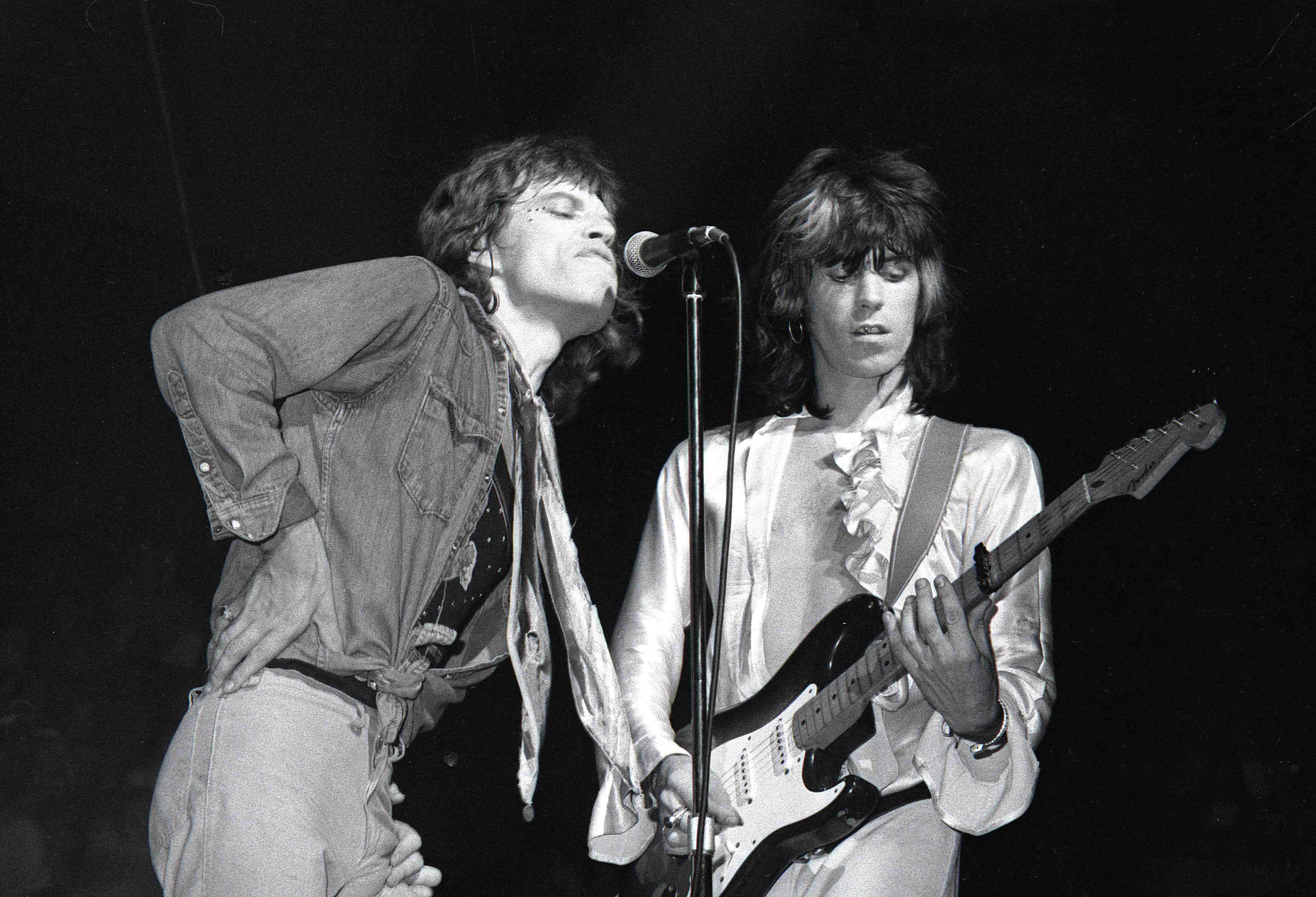In 1985 I had a Sports Walkman that never left my side, a love of British pop-rock that stretched from Phil Collins to Tears For Fears, and a heavy reliance on NBC’s late-night Friday Night Videos for watching music clips, because our household didn’t have cable (#80sfirstworldproblems).
And I loved Dire Straits.
Which was odd, because before 1985 and their “Money For Nothing” single/video, I knew nothing about the London band, which often seemed like guitarist Mark Knopfler muttering over some tasty rock/jazz/swing guitar licks, sometimes for up to 14 minutes at a time. The band was massively popular in their British homeland and well-liked by rock fans in the U.S., though they had gone three years between studio albums by the time their fifth record, Brothers In Arms, was released on May 13, 1985. At the time, the group only had one true pop hit (1978’s “Sultans of Swing”) under their belt.

But then “Money For Nothing” arrived and changed everything. Starting with a cameo by a falsetto-crooning Sting (“I want my MTVeeeeeee” — a play on the music channel’s slogan from earlier in the decade), Knopfler led the track with a moderately rockin’ yet increasingly repetitive riff. Lyrically, the song takes the POV of two working-class guys (“We gotta install microwave ovens/Custom kitchen deliveries”) who sit around critiquing music videos … a decade before Beavis and Butthead claimed that role.
The number-one hit was extremely meta (“Now look at them yo-yos that’s the way you do it/You play the guitar on the MTV”) and definitely doesn’t age well — see the repeated use of a certain f-word, which I seem to remember getting some unedited airplay at the time. To be fair, Knopfler later acknowledged he took most of the song’s wording verbatim from a conversation he overheard at a New York hardware store.
Still, the song was catchy and had a stupidly repeatable chorus (“money for nothin’/chicks for free”), and the music video was like nothing that had come before it, a searing critique of the entertainment-industrial complex from a singer who hated music videos featuring some cutting-edge computer animation. It’s beyond quaint now, but at the time, that video was about as close to immersive virtual reality as you could find.
But a semi-novelty song — and a few hit follow-up singles — wasn’t why Brothers In Arms eventually sold 30 million records worldwide. It’s because the album sounded both pristine and intricate. Produced by Neil Dorfsman (Bruce Hornsby, Sting), Arms was one of the first albums recorded digitally, via Sony’s 24-track digital tape machine. It rightfully won a Grammy for Best Engineered album in 1986 and again in 2006 for Best Surround Sound album after a reissue.

Basically, the album was made to be heard on the most advanced technology of the time. And that technology was the compact disc.
CDs only launched as a commercial format in 1982; the first CD-only record label, Rykodisc, followed in January of 1984. While initial sales of discs were solid, it took this Dire Straits album to upend an industry that was then reliant on cassettes and vinyl.
“When CDs took off with consumers in the years that followed [Rykodisc’s launch], many people thought we were pretty smart to do what we did in ‘84,” remembers Rykodisc co-founder Robert Simonds. “Honestly, the fast growth of the CD almost killed us. See, we originally oriented Rykodisc to be for the audiophile, specialty market, which we all expected to be where the CD would be for its first 5-10 years at least. Within two years we were fighting to get our CDs manufactured, because the entire worldwide manufacturing capacity was overwhelmed by demand for a single rock title (Dire Straits’ Brothers in Arms). So much for a specialty market.”
Brothers In Arms sold more on CD than any other format, topped one million in sales, an industry first. Three years later, overall CD sales overtook vinyl, and by 1991, they topped cassettes. And those discs continued to dominate up until (surprise!) 2018, the first year streaming revenue outstripped traditional music formats.
Thirty-five years after its release, I care little for Brothers In Arms outside of its haunting title track. But we can salute a piece of art that literally altered the course of an industry; here’s hoping a new generation of “youths” keep compact discs around a little longer.
This article was featured in the InsideHook newsletter. Sign up now.





















